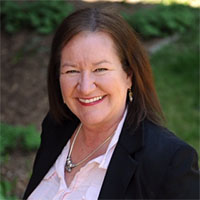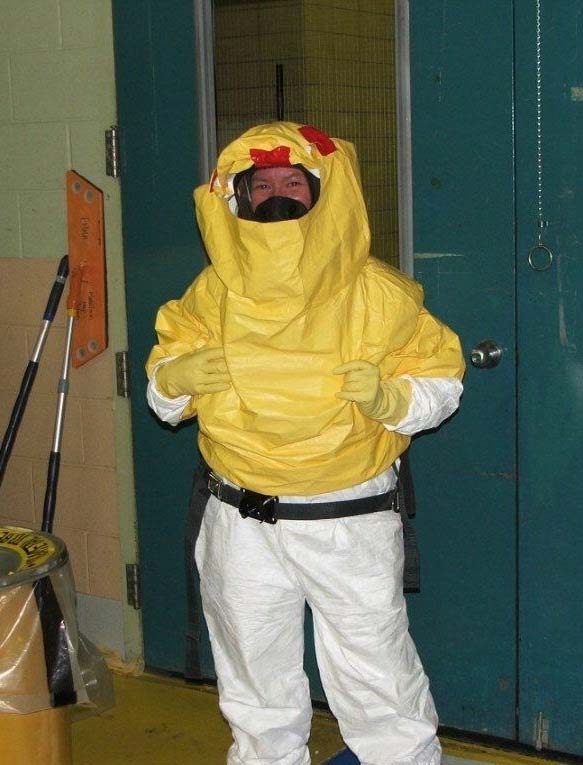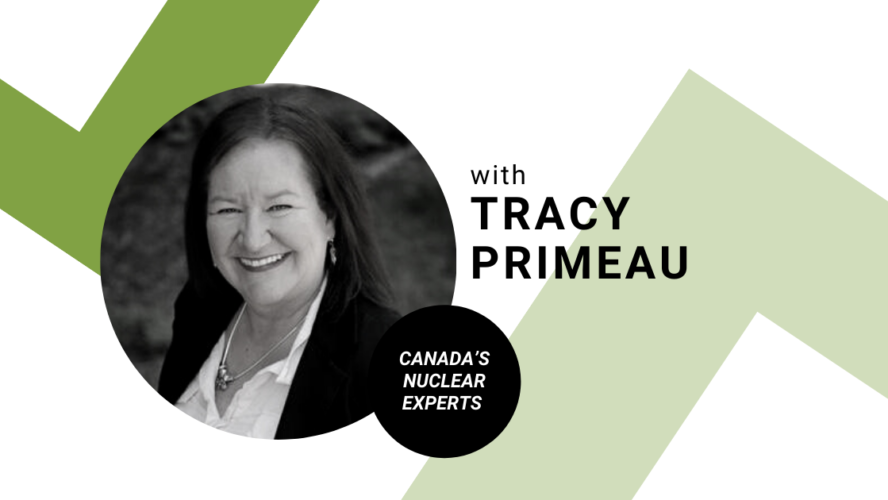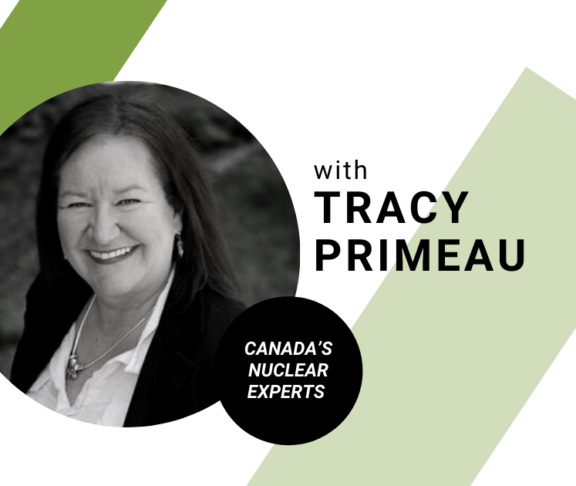
Tracy Primeau
Retired Shift Manager, Women in Nuclear Canada Board Member
Mediaplanet spoke with Tracy Primeau about the opportunities in Canada’s nuclear industry, working with Indigenous communities, and more.
What initially sparked your interest in the nuclear industry?
I grew up in the town of Tiverton, Ont., which is where the Bruce Nuclear Generating Station is situated and where my father started working in 1971 as a mechanic. I had zero desire to work in the nuclear industry, although I was always good at math and science. I had a dream of being a high school history teacher. I was fortunate enough to try working with high school students and decided that it wasn’t for me and I took the tests for the nuclear operator job, passed them and was given an offer .
So, I ended up having a different dream that someday I wanted to work in the control room and be an authorized nuclear operator. My father had encouraged me to apply to operations and the combination of family influence and a love of science drove this decision. I sort of ended up being a teacher anyway, teaching operators and shift supervisors, and it ended up becoming a big part of my job. To this day, I’m still taking on a mentor and teacher role, which I absolutely love.
What is a challenge in your career that you’ve faced as a woman and how did you overcome it?
Women weren’t allowed to work in nuclear plants until the 1980s. I worked with an authorized nuclear operator who refused to have women on his unit and a shift manager who refused to have women on his crew.
At the time, I was married and didn’t have kids yet. I could out-swear anybody and was very much one of the guys. I grew up in Bruce County, so I could hold my beer and talk hockey as well. That worked for me until I got pregnant with my first child, and all of a sudden they realized that I wasn’t one of the guys and they started to treat me differently. I also realized that I was trying to hard to “fit in” — I was who I was, and everyone was going to have to deal with it.
I was the first woman to ever enter the control room as an authorized nuclear operator at the Bruce A Nuclear Generating Station. When I got there, I brought some colour — my work boots were pink, my nails were always done, and I had a little heel in my boot. I came to the understanding that there’s no fitting in, you can only be yourself. As long as you have integrity and you remain true to yourself, you’ll be fine. Not only will you be happier, but you’ll be more respected. As I moved into the Shift Manager and other leadership roles, this continued to be my anchor.
Why do you think it’s important to encourage young women to get involved in Canada’s nuclear industry?
There’s a nuclear renaissance happening — we have small modular reactors and new isotopes being developed, and the technology itself is growing by leaps and bounds. There are job opportunities not just in Ontario and New Brunswick anymore, but Canada-wide and globally.
The opportunities are great and there’s a shortage of workers. Do you want to go into nuclear engineering, health physics, or radiation physics, or do you want to be an electrician or a carpenter? There are opportunities for every single one of those in multiple places. Aside from the abundance of opportunities, these are well-paying jobs and the opportunities for promotion are great in the nuclear world.
Finally, it’s important work for the future of our planet. If you want your work to be meaningful, and I think most people do, it’s not just about a paycheque. You’re coming into an industry that’s fighting climate change. You’re doing something that means something to the world.

How can leaders in Canada’s nuclear energy industry respect and advance reconciliation with Indigenous communities?
In my opinion, economic reconciliation is where we make the biggest difference. Additionally, collaborating and partnering with a First Nations community where everyone is committed and everyone benefits is another great way to work on reconciliation. A subset of collaboration is employment. Set a target or create a program where you aim to hire a certain percentage of Indigenous employees by a certain time.
This should be embedded in every part of your company — it can’t just be the Indigenous Relations or HR team that’s thinking about this. Collaborating with Indigenous communities should be on your mind in everything you do. Indigenous people are bringing knowledge to every conversation, especially around climate change, that you may not have thought of because you didn’t come from the same background as they did.
In your opinion, do you think that we can get to net zero without nuclear?
Someday, maybe, but not by 2050. Net zero needs baseload, and there’s no better baseload that doesn’t emit CO2 than nuclear, except for hydroelectric. But we’re running out of water — we don’t have lots of undiscovered dams, and climate change is going to affect hydroelectric more and more, whether the water is low or high. With nuclear, we can build the baseload and we know exactly how many megawatts it’ll put on the grid all the time. Does it need to work with wind, solar, and other renewables? Absolutely. But these renewables come and go with the weather. We can store some of it, but not enough to get to net zero by 2050. This simply isn’t possible without nuclear.


